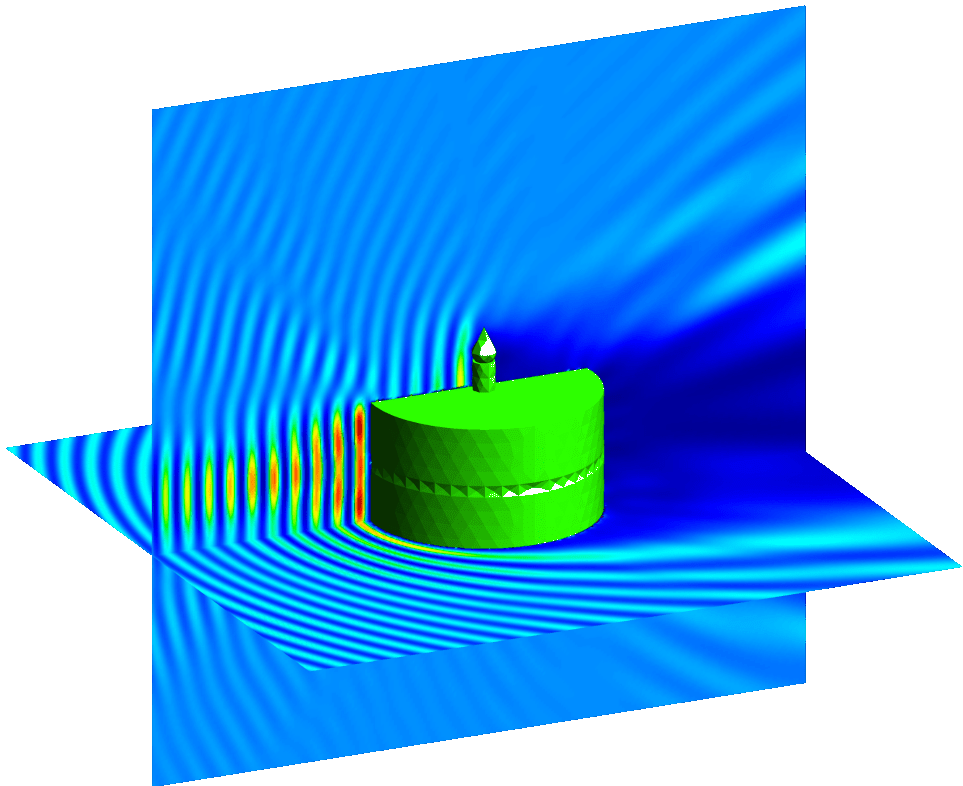
"Python bindings for the open source electromagnetic simulator MEEP",Computing in Science and Engineering, 13(3), p.53-65 (2011), E.
Meep fdtd tutorial code#
Here I report the code I am using import meep as.

Meep fdtd tutorial how to#
be/software/ python- meep/python_ meep_documentat ion.htmlĬonsult the README file for details on how to install and build from source.Ĭheck out the examples in the /samples directory.įor more details on the technical architecture and rationale behind Python-Meep, read this paper : Currently, I am trying modifying the simulation in Eigenmode source tutorial reported in meep documentation. I am trying the simple code from MEEP c++ tutorial. FDTD is one of the most powerful and general. Python-meep comes with an tutorial in html (see the /doc subdirectory after. It has been successfully applied to an extremely wide variety of problems, such as scattering from metal objects and dielectrics, antennas, microstrip circuits, and electromagnetic absorption in the human body exposed to radiation. Python-meep comes with an tutorial in html (see the /doc subdirectory after extracting the installation file), of which a mirrored version is available online at : Python Bindings for the Open Source Electromagnetic Simulator Meep. The Finite-Difference Time-Domain method (FDTD) is today’s one of the most popular technique for the solution of electromagnetic problems.

It allows the scripting of Meep-simulations with Python (v2.6 and v2.7).
Meep fdtd tutorial software#
Simulation software package developed at MIT to model electromagnetic

Meep is an open-source finite-difference time-domain (FDTD) Executing Meep simulations is normally done at the Unix command line as follows: unix python foo.py >& foo.out which reads the Python script foo.py and executes it, saving the output to the file foo.out.


 0 kommentar(er)
0 kommentar(er)
